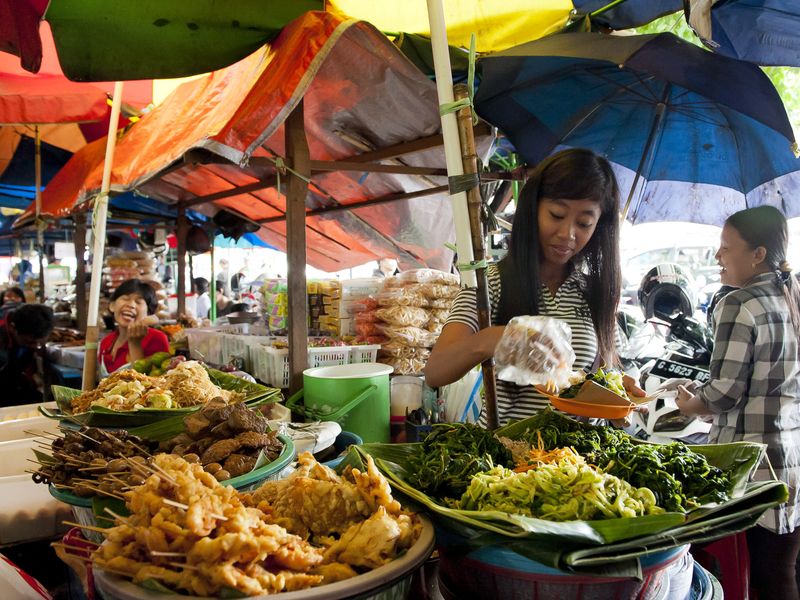Multi-Country - InspirAsian travel blog
Planning a Multi-Generational Holiday to Asia
Caroline King-Malone
Planning the ultimate multi-generational family holiday in Asia can be a challenge, so we’ve compiled our top tips to help you create the perfect trip. Enjoy shared adventures, cultural discoveries, and the perfect mix of relaxation and excitement for all ages.

The Best Off-beat Street Food Markets & Hot-spots in Asia
Kate G
Our Destination Specialists have chosen some of their favourite street food markets, hot-spots and foodie highlights from around Asia to whet your appetite for the best of the region’s locally-loved quick eats away from the usual tourist trail.

10 interesting things we’ve eaten in Asia
Guest author
We admit to some of the more interesting things that we’ve eaten in Asia - but only nine of our confessions are true. Can you spot the April Fool?

15 Asian street foods & snacks to reproduce at home
Guest author
Many Asian street foods and snacks are relatively simple to cook - here are the recipes we use we use to recreate dishes from our travels, with a few tips on how to get them just right.
